- Home
-
My Models
-
AV History
- Airline History Blog
-
Airline Development
>
-
Liveries
>
- Aeroméxico Liveries
- Air China Special Liveries
- American Airlines Liveries
- British Airways Liveries
- Continental Airlines Liveries
- Delta Air Lines Liveries
- Eastern Air Lines Liveries
- Landor Liveries
- National Airlines Liveries
- Northeast Airlines Liveries
- Northwest Airlines Liveries
- Pan Am Liveries
- Trans World Airlines Liveries
- United Airlines Liveries
- Western Airlines Liveries
- Airbus A380s >
- Boeing 747 >
- Real Airport Histories >
- Plane Spotting >
- Aviation Stickers >
-
1:400 SCALE
- Collecting 1:400 Scale >
- The History of 1:400 Scale >
-
1:400 Brands
>
- Aeroclassics >
- Airshop Diecast
- AURORA Models
- Aviation400 (2007-2012)
- Big Bird 400 Your Craftsman
- Black Box Models
- Blue Box & Magic Models
- C Models
- Dragon Wings
- El Aviador 400
- Gemini Jets >
- JAL Collection / Jet Hut >
- Jet-X >
- MP4 Models
- NG Models >
- Panda Models >
- Phoenix Models >
- Seattle Models Co (SMA)
- Skyjets400
- Sovereign Models
- TucanoLine
- Witty Wings / Apollo
- Yu ModeLs
- 1:400 Custom Models >
- Production Numbers
- Zinc Rot
-
1:400 Moulds
- The Best Moulds >
- Airbus >
-
Boeing
>
- Boeing B-377 Stratocruiser
- Short Boeing 707s & 720s
- Boeing 707-320/420
- Boeing 717
- Boeing 727-100
- Boeing 727-200
- Boeing 737-100/200
- Boeing 737-300 >
- Boeing 737-400
- Boeing 737-500
- Boeing 737-600
- Boeing 737-700/800/900 >
- Boeing 737 MAX
- Boeing 747-100/200 >
- Boeing 747-400 >
- Boeing 747SP
- Boeing 747-8 Interactive
- Boeing 747LCF Dreamlifter
- Boeing 757-200 >
- Boeing 757-300
- Boeing 767-200
- Boeing 767-300
- Boeing 777-200
- Boeing 777-300
- Boeing 787
- British >
- Douglas >
- Lockheed >
- Other >
- Chinese >
- Soviet >
- Smallest Moulds in 1:400
-
1:400 Reviews
-
Model News
- Model Blog
-
New Mould Samples
>
- Aviation400 >
- JC Wings >
-
NG Models 400 Scale
>
- Airbus A318
- Airbus A319/320 CEO
- Airbus A319/320 NEO
- Airbus A321CEO & NEO
- Airbus A330-200/300
- Airbus A330 Beluga XL
- Airbus A330-800/900
- Airbus A340-200/300
- Airbus A350-900
- Airbus A350-1000
- Boeing 737-600/700/900
- Boeing 737-600 Refresh
- Boeing 737-800
- Boeing 737 MAX-8/MAX-9
- Boeing 737 MAX-7/MAX-10
- Boeing 747-100
- Boeing 747-200
- Boeing 747-400
- Boeing B747SP
- Boeing 747-8I
- Boeing 747-8F
- NG 747s Together
- Boeing 757-300
- Boeing 767-200/300 >
- Boeing 767-400 >
- Boeing 777-200
- Boeing 777-300/300ER
- Boeing 787-8
- Lockheed L-1011 Tristar
- Lockeed Tristar 500
- McDonnell Douglas MD-80
- McDonnell Douglas MD-87
- Tupolev Tu-154
- Tupolev Tu-204/Tu-214/Tu-234
- NG Models 200 Scale >
- Phoenix Models >
- Yu ModeL >
-
1:600 SCALE
- DIORAMAS
|
The philosophical and literal union (they married) between Mary Wells of the marketing firm Wells Rich Greene and Harding Lawrence, leader of Braniff International, powered the airline's transformation through the 1960s and 70s. The artistic apogee of this union was the special Calder schemes one of which celebrated the 1976 US Bicentennial. A late addition to the scheme gained it its nickname and the aircraft that wore it had some personality too.
This is part 3 of a series covering Braniff and its 727s. For earlier parts see:
In 1973 advertising executive George Gordon persuaded the famous modern artist Alexander Calder to create the 'Flying Colors of South America' on a DC-8. Two years later Calder's work would reappear on another Braniff aircraft, but this time to mark the Bicentennial of the USA.
The DC-8 scheme (see this post for more details) took 6 months to design and cost the airline $100,000. The 727 scheme to mark the US Bicentennial would cost a similar price and undergo a similar gestation. Alexander "Sandy" Calder would paint between 4 and 6 model prototypes at his Paris studio. These were then shipped to the USA and of the 4 versions of the US scheme the winner was chosen by a commitee of art critics.
The winning design was one of flowing red and blue stripey waves running down the length of the fuselage. As with the DC-8 scheme the Braniff name did not appear and instead only Calder's signature was added just above the L1 door. The other three designs were named 'Tick-Tack', 'Bulls-Eye' and 'British Flag'. The 'Bulls-Eye' colours included red and blue circles looking like a cross between a target and a wacky fried egg. The "British Flag" design was so called for the union of the red and blue striping which covered the majority of the airframe. Below are shots of the other 3 designs taken from the excellent Braniff Pages site page about the Calder aircraft:
Calder himself flew to the US to oversee the multiple week application of his livery to the aircraft. As with the DC-8 he added some extra details also - in this case a dragon to the No 1 engine. Or it was at least originally supposed to be a dragon anyway. The aircraft was to be dedicated by the first lady Betty Ford and some people thought the dragon looked similar to the logo of a banned terrorist group (the Symbionese Liberation Army). So the dragon was shelved and instead replaced by a wavy red stripe only to finally get applied to the aircraft in 1976. To most people this dragon looked more like a snake and the aircraft quickly gained the nickname "Sneaky Snake" (partly because of a novelty song in the charts at the time).
In the below photo you can see the added 'snake' on the no 2 engine.
This was fitting as the aircraft chosen to wear the special scheme was N408BN, one of the older non-Advanced 727-200s, which itself had some personality. The aircraft was one of 4 purchased second-hand from Frontier Airlines where she had been N7278F, delivered in 1968. Frontier hadn't treated the aircraft with much care and after only four years of rough usage she had wrinkled skin on the underside of the fuselage just aft of the wings. She was also something of a hangar queen - an aircraft with a multitude of usually minor writeups for various things that kept her out of service longer than her fellows. Lastly she flew like a pig as she had a trim issue which meant that at higher altitudes she refused to fly straight and required the pilot to always apply some kind of pressure to the controls.
Regardless of the aircraft's issues the design was a winner and N408BN spent a lot of 1976 touring airports on the Braniff network. Braniff received huge publicity and by the end of the year the airline claimed that the artwork was the most seen piece of art in history. Note the Gemini release above shows the aircraft as originally painted minus the snake / dragon.
Calder was employed to paint a third aircraft - this time to be in the 'Flying Colors of Mexico'. He had painted two models but sadly whilst in New York working on them with Braniff he died in 1976. Partly because without Calder to supervise the painting it wouldn't be an original piece of art and partly out of respect following Calder's death Braniff shelved the idea. Some of the artwork for the Mexico plane can be found on the Braniff pages here.
At the time Braniff was moving away from its gaudy colours towards the more refined Ultra look which debuted in 1977. N408BN herself was parked with the rest of the Braniff fleet in 1982 and would remain at DFW until 1984. Being one of the older less capable 727s she was not particularly sought after and so remained to join Braniff II on March 1, 1984, albeit repainted into the new carrier's colours. She left their fleet on February 19, 1985 and was bought by International Air Leases on May 30.
Above: N408BN later in her career with Air Atlanta
Subsequently she had an active career operating short term leases to several deregulation startup airlines like Pride Air (June-November 1985), Arrow Air (December 1985 - January 1986), Skybus / World Airways (March-September 1986) and Air Atlanta (November 1986 - April 1987). She then went to Cayman Airways for a short while before being exported to Turkey for Toros Airways as TC-AJY. She was finally withdrawn in June 1990 and sent to Opa Locka. She was still there in 1993 in a partially dismantled state when she was blown up for the movie Bad Boys in November.
References Nance, John J. 1984. Splash of Colors: The Self-destruction of Braniff. William Morrow & Company The Braniff Pages
4 Comments
BWI-ROCman
2/3/2016 05:48:37 am
Thank you for all this interesting history, Rich. I had no idea the aircraft 's history was as colorful as the paint scheme! I was fortunate to see this aircraft on a visit to ORD in 1978. My dad, who took all the pictures in those days, :+) thankfully captured the beast on film, so I have proof!
Reply
RStretton
2/3/2016 07:36:18 am
Cheers Jim. I think your love for AC is reaching worrying proportions though :). The Gemini Calder is using the Aeroclassics mould and the Gemini 727 is widely thought of as better than the Aeroclassics so personally I'm happy with the Gemini releases which have the added blessing of being before rolling gears were introduced.
Reply
Chloe Wareham-Gordon
17/4/2021 11:01:39 pm
Fabulous write-up! A nice ode to my late dad, George Gordon, and his beloved friend, Sandy Calder. Love your Braniff articles, overall!
Reply
Richard Stretton
18/4/2021 01:38:26 am
Thank you very much. I am very happy that you like the article.
Reply
Leave a Reply. |
AuthorI'm Richard Stretton: a fan of classic airliners and airlines who enjoys exploring their history through my collection of die-cast airliners. If you enjoy the site please donate whatever you can to help keep it running: Archives
July 2024
Categories
All
|
- Home
-
My Models
-
AV History
- Airline History Blog
-
Airline Development
>
-
Liveries
>
- Aeroméxico Liveries
- Air China Special Liveries
- American Airlines Liveries
- British Airways Liveries
- Continental Airlines Liveries
- Delta Air Lines Liveries
- Eastern Air Lines Liveries
- Landor Liveries
- National Airlines Liveries
- Northeast Airlines Liveries
- Northwest Airlines Liveries
- Pan Am Liveries
- Trans World Airlines Liveries
- United Airlines Liveries
- Western Airlines Liveries
- Airbus A380s >
- Boeing 747 >
- Real Airport Histories >
- Plane Spotting >
- Aviation Stickers >
-
1:400 SCALE
- Collecting 1:400 Scale >
- The History of 1:400 Scale >
-
1:400 Brands
>
- Aeroclassics >
- Airshop Diecast
- AURORA Models
- Aviation400 (2007-2012)
- Big Bird 400 Your Craftsman
- Black Box Models
- Blue Box & Magic Models
- C Models
- Dragon Wings
- El Aviador 400
- Gemini Jets >
- JAL Collection / Jet Hut >
- Jet-X >
- MP4 Models
- NG Models >
- Panda Models >
- Phoenix Models >
- Seattle Models Co (SMA)
- Skyjets400
- Sovereign Models
- TucanoLine
- Witty Wings / Apollo
- Yu ModeLs
- 1:400 Custom Models >
- Production Numbers
- Zinc Rot
-
1:400 Moulds
- The Best Moulds >
- Airbus >
-
Boeing
>
- Boeing B-377 Stratocruiser
- Short Boeing 707s & 720s
- Boeing 707-320/420
- Boeing 717
- Boeing 727-100
- Boeing 727-200
- Boeing 737-100/200
- Boeing 737-300 >
- Boeing 737-400
- Boeing 737-500
- Boeing 737-600
- Boeing 737-700/800/900 >
- Boeing 737 MAX
- Boeing 747-100/200 >
- Boeing 747-400 >
- Boeing 747SP
- Boeing 747-8 Interactive
- Boeing 747LCF Dreamlifter
- Boeing 757-200 >
- Boeing 757-300
- Boeing 767-200
- Boeing 767-300
- Boeing 777-200
- Boeing 777-300
- Boeing 787
- British >
- Douglas >
- Lockheed >
- Other >
- Chinese >
- Soviet >
- Smallest Moulds in 1:400
-
1:400 Reviews
-
Model News
- Model Blog
-
New Mould Samples
>
- Aviation400 >
- JC Wings >
-
NG Models 400 Scale
>
- Airbus A318
- Airbus A319/320 CEO
- Airbus A319/320 NEO
- Airbus A321CEO & NEO
- Airbus A330-200/300
- Airbus A330 Beluga XL
- Airbus A330-800/900
- Airbus A340-200/300
- Airbus A350-900
- Airbus A350-1000
- Boeing 737-600/700/900
- Boeing 737-600 Refresh
- Boeing 737-800
- Boeing 737 MAX-8/MAX-9
- Boeing 737 MAX-7/MAX-10
- Boeing 747-100
- Boeing 747-200
- Boeing 747-400
- Boeing B747SP
- Boeing 747-8I
- Boeing 747-8F
- NG 747s Together
- Boeing 757-300
- Boeing 767-200/300 >
- Boeing 767-400 >
- Boeing 777-200
- Boeing 777-300/300ER
- Boeing 787-8
- Lockheed L-1011 Tristar
- Lockeed Tristar 500
- McDonnell Douglas MD-80
- McDonnell Douglas MD-87
- Tupolev Tu-154
- Tupolev Tu-204/Tu-214/Tu-234
- NG Models 200 Scale >
- Phoenix Models >
- Yu ModeL >
-
1:600 SCALE
- DIORAMAS

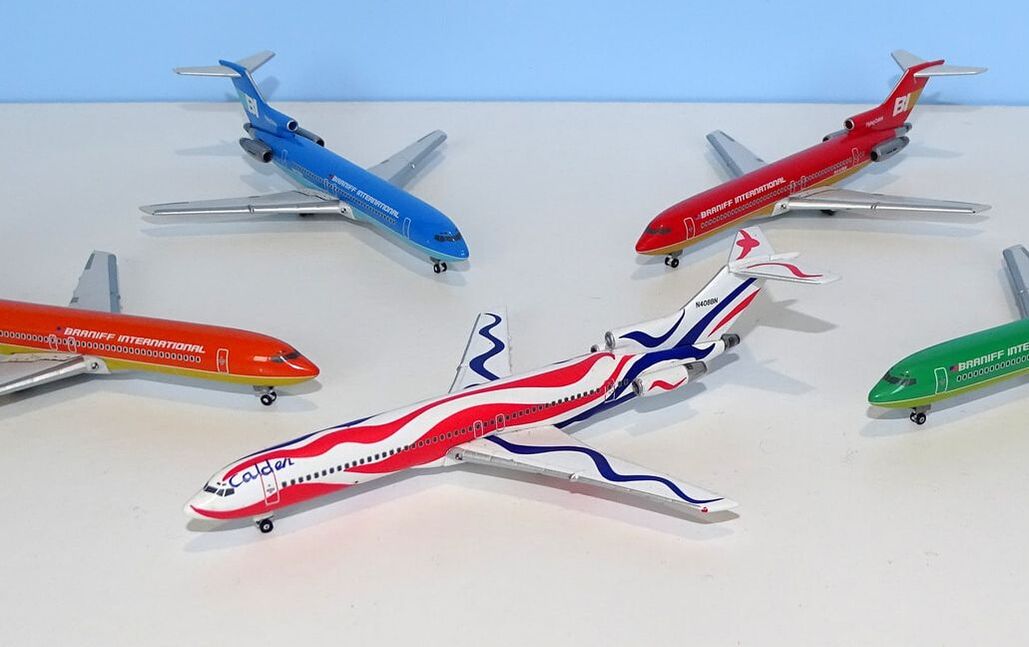
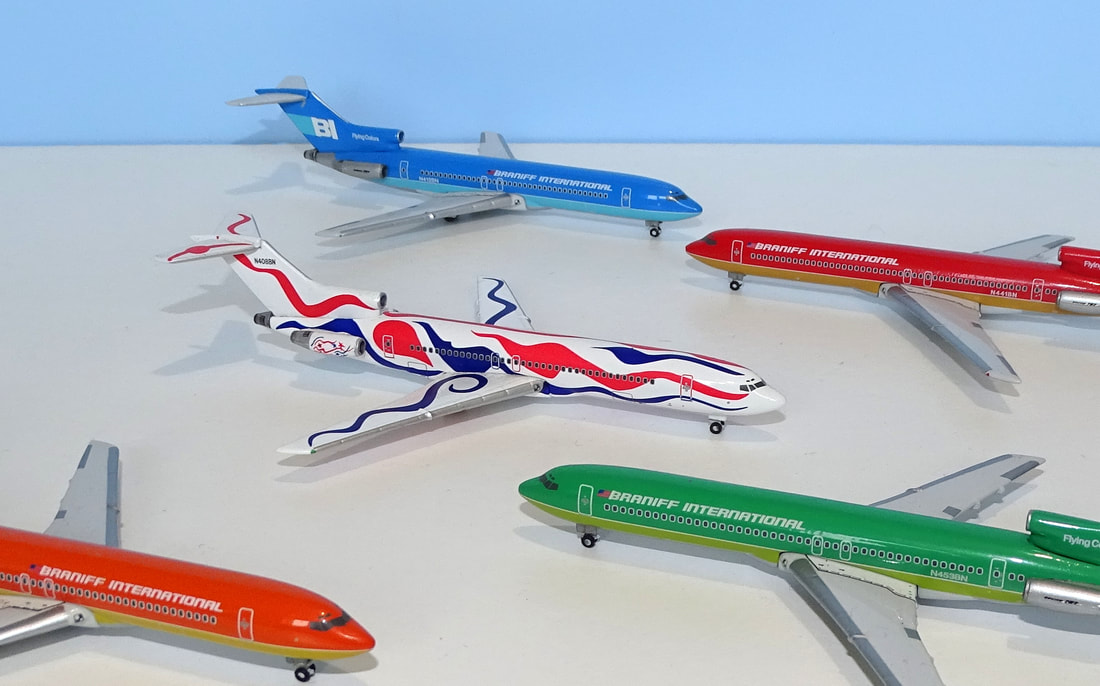
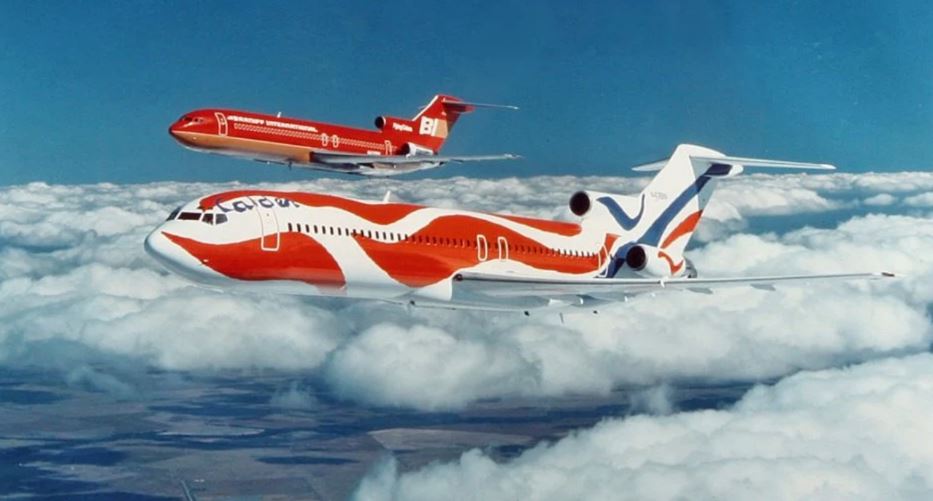

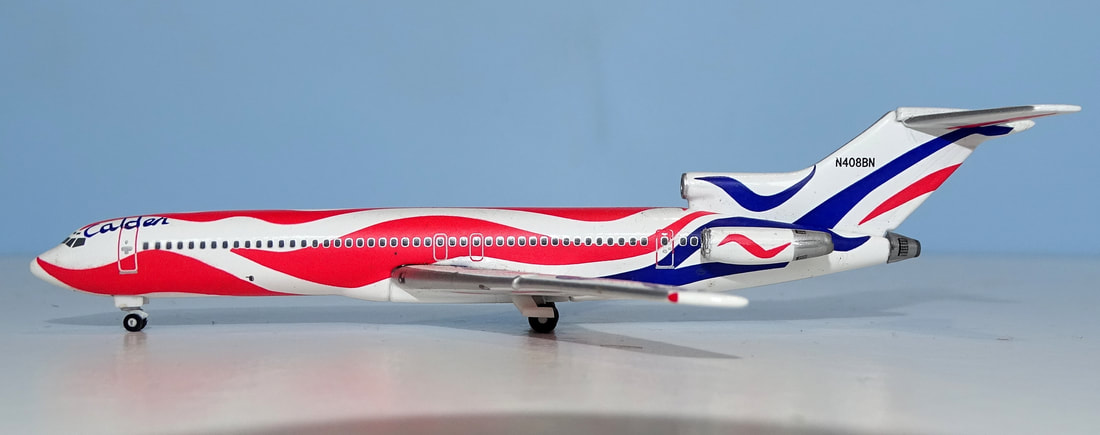
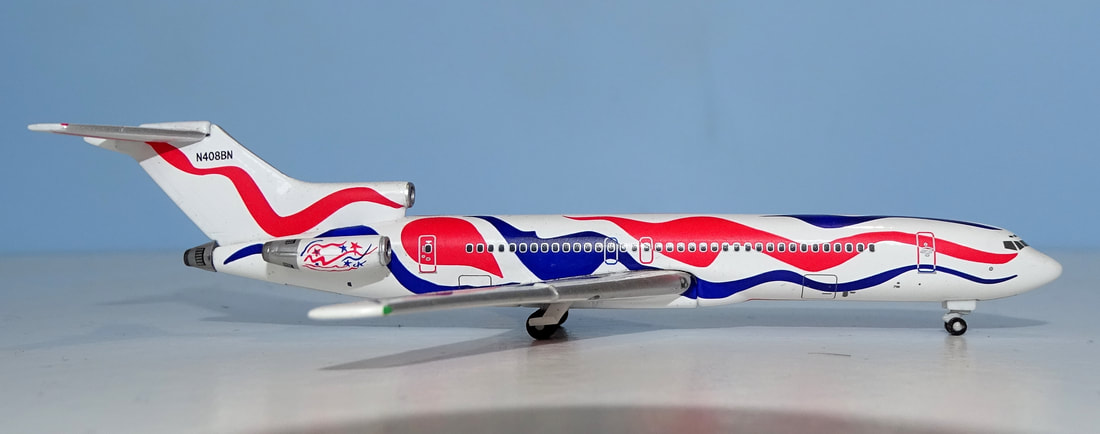
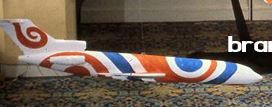

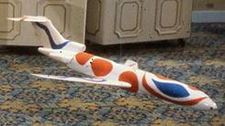
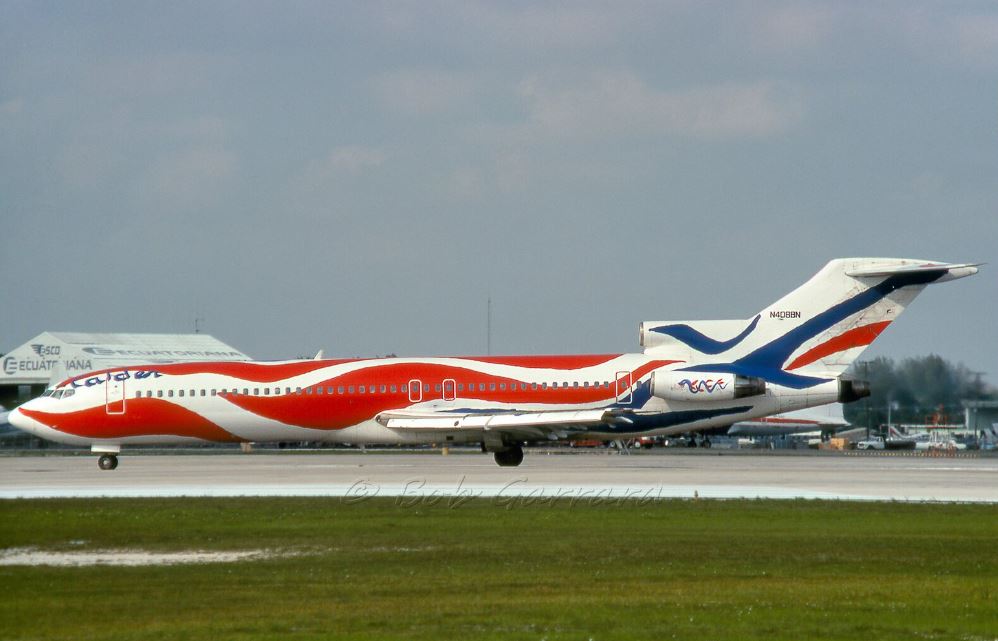

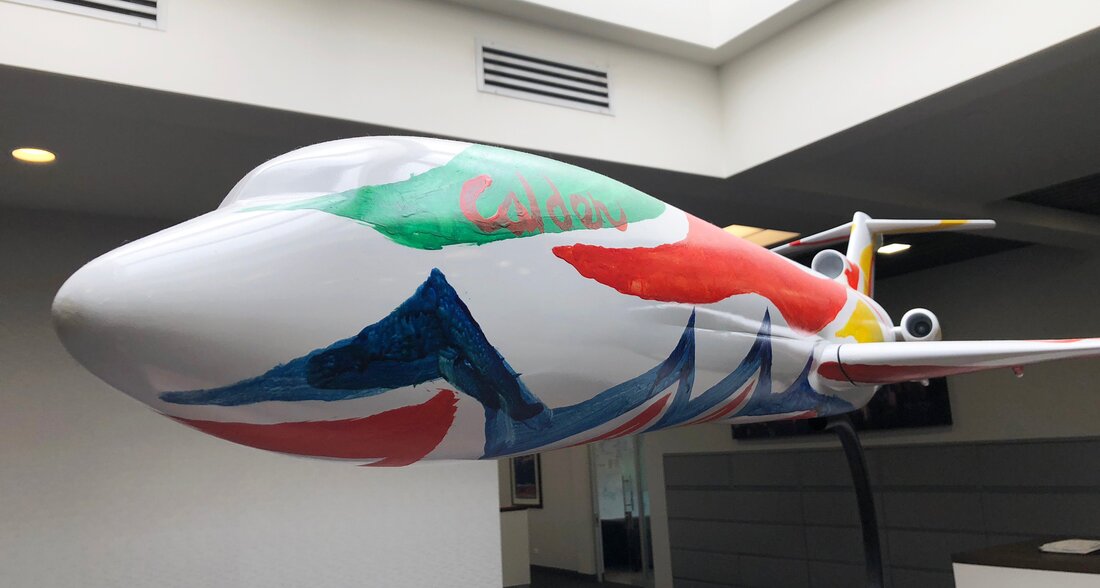
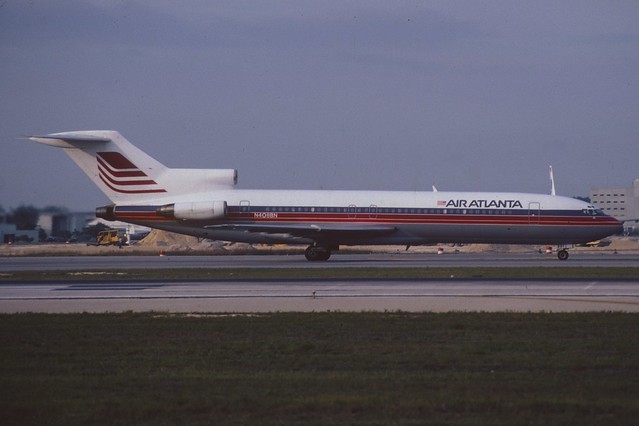
 RSS Feed
RSS Feed